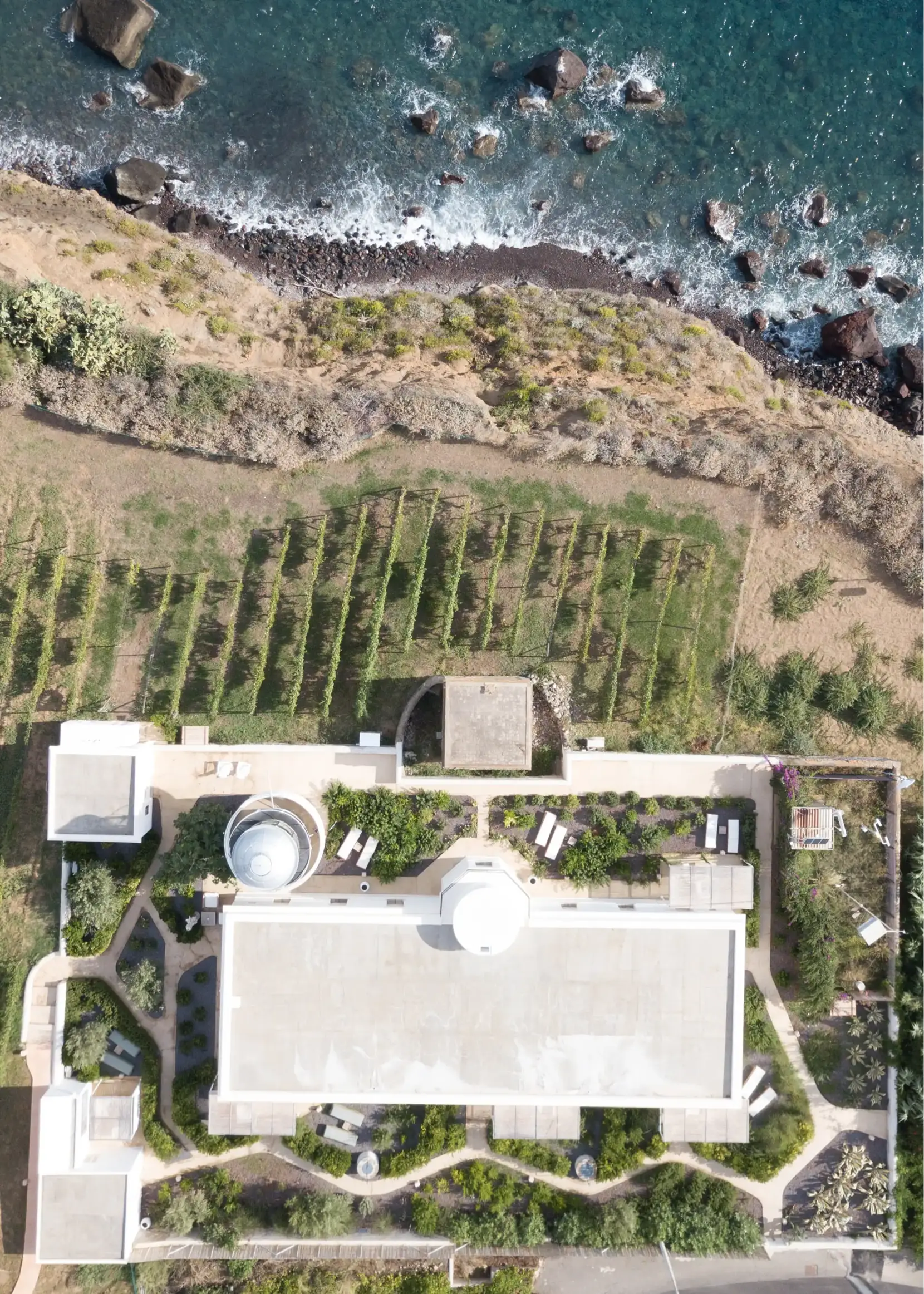Approach
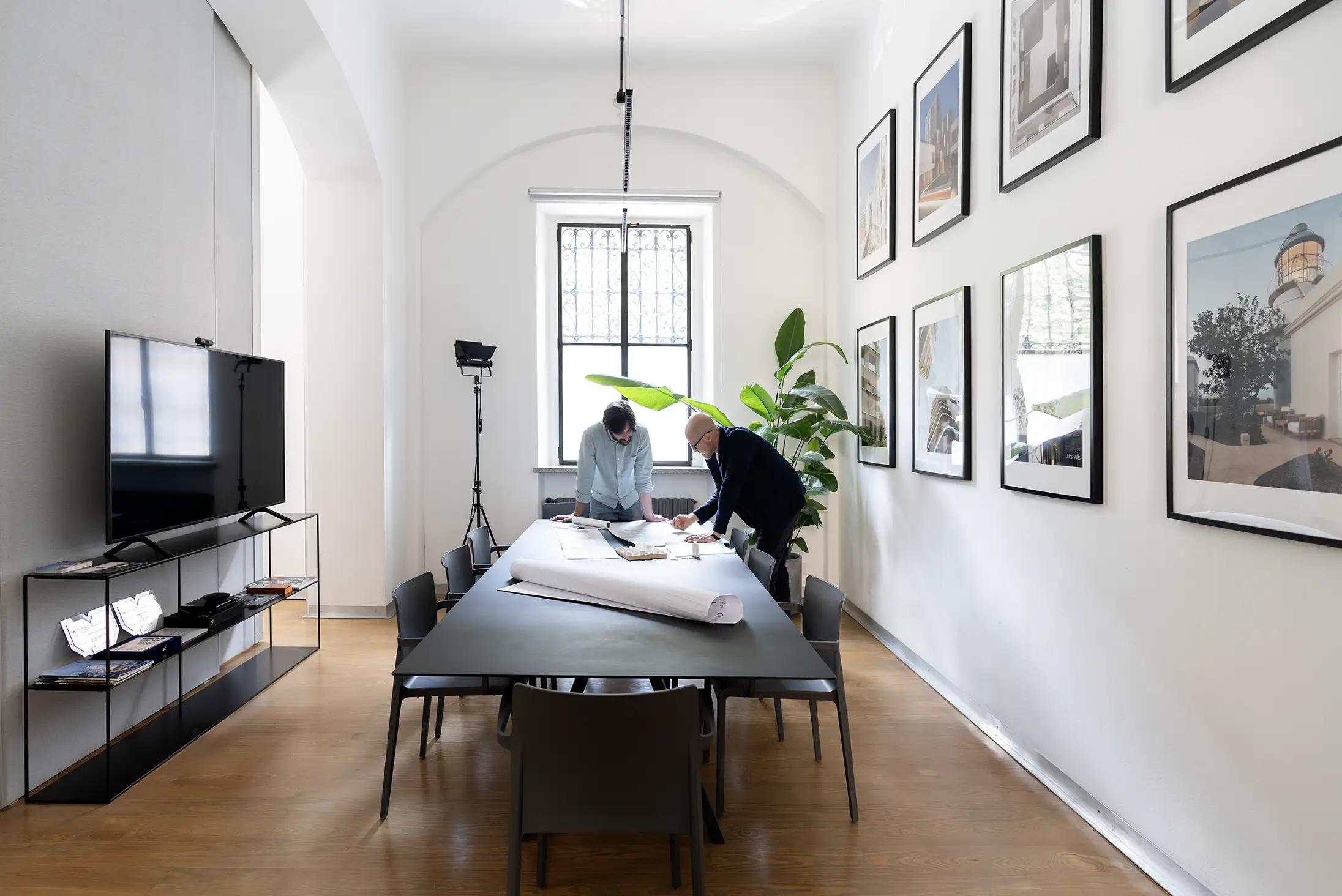
Approach
We believe in a model of architecture responsible for the territory and the environment, sensitive to social dynamics and people’s wellbeing. An ethical and democratic architecture, able to make a contribution in contrasting social inequalities and climate change and that can promote the conscious use of resources. An architecture that knows how to listen to and respect places and their history, recognising their value and enhancing their potential. We believe that beauty, care of the landscape and valorisation of the territory are real tools for social recovery and that they can contribute, at all levels, to improving people’s lives, to activate virtuous processes of place appropriation and cultural identification.
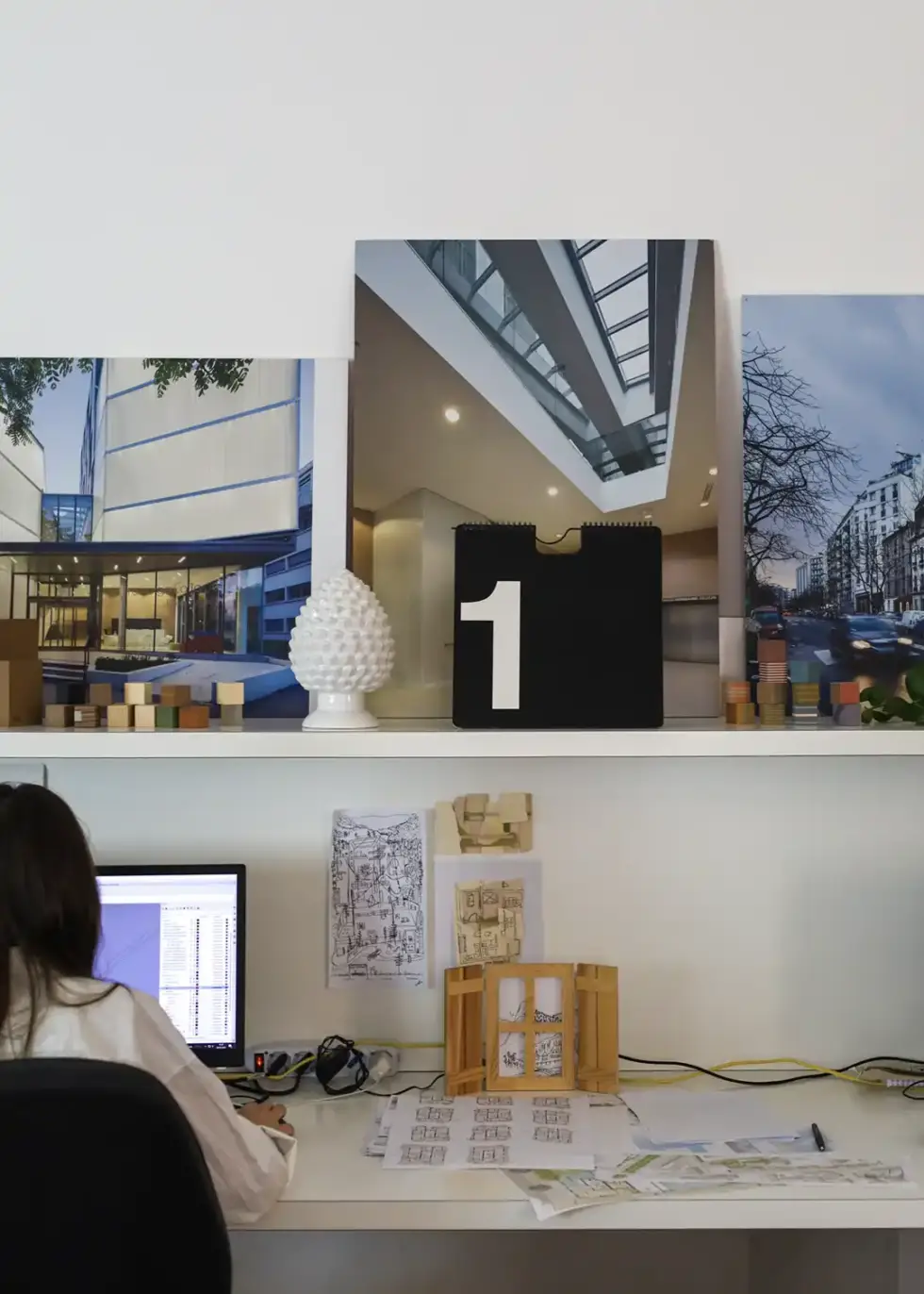
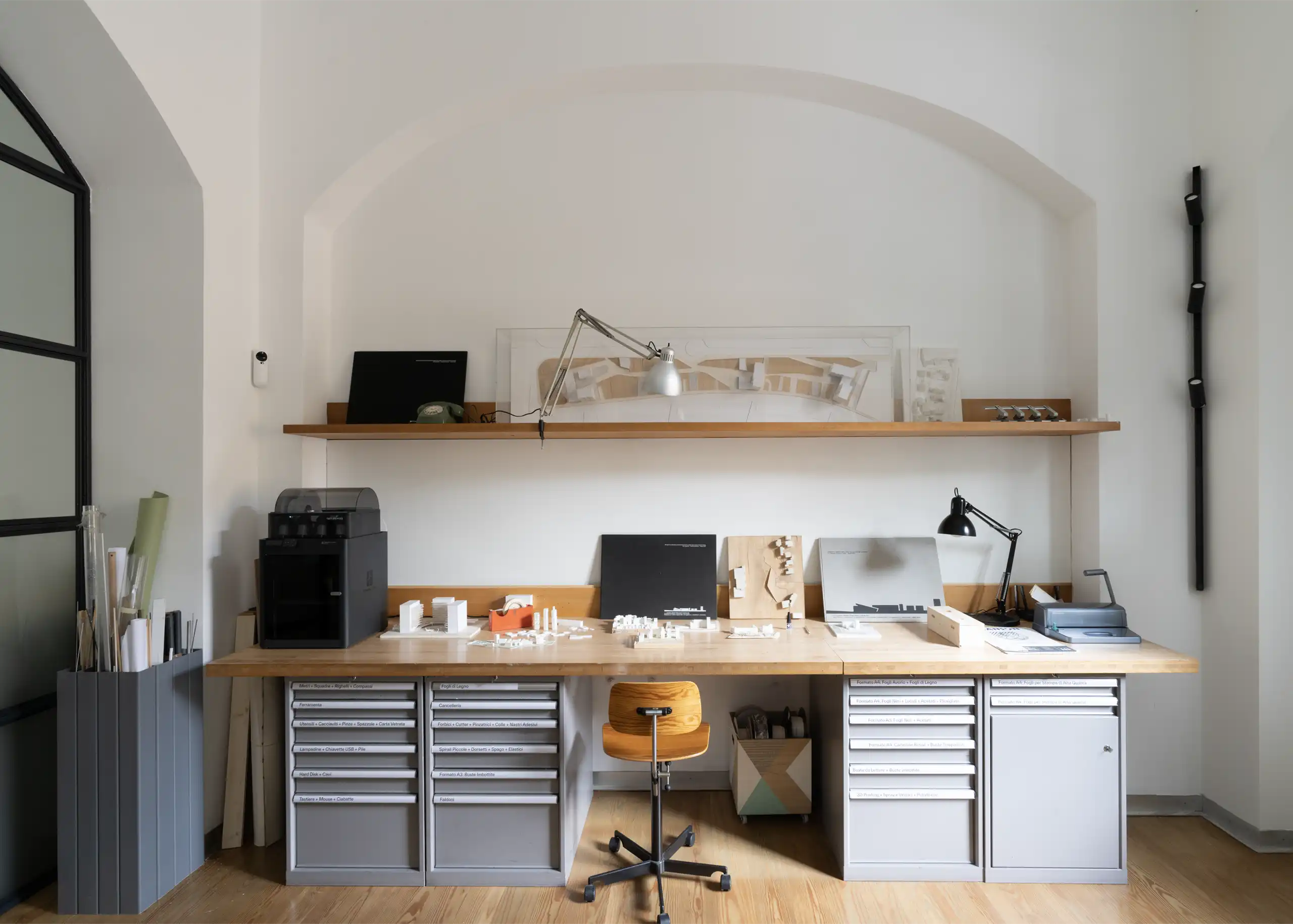
Research on Housing
The firm has been carrying out research on housing for more than twenty years, addressing the subject not only from a typological point of view but also from the perspective of efficiency, environmental and economic sustainability, housing services, amenities and common spaces. Affordable housing is a central theme in our work and has led us to experiment with innovative models such as Co-living, Multi-family, and the home-atelier, with constant attention to the quality-sustainability-cost ratio. At a time when the housing emergency is one of the main topics on the European agenda, our commitment is to pursue research on off-site construction systems to implement the housing offer and optimise processes.
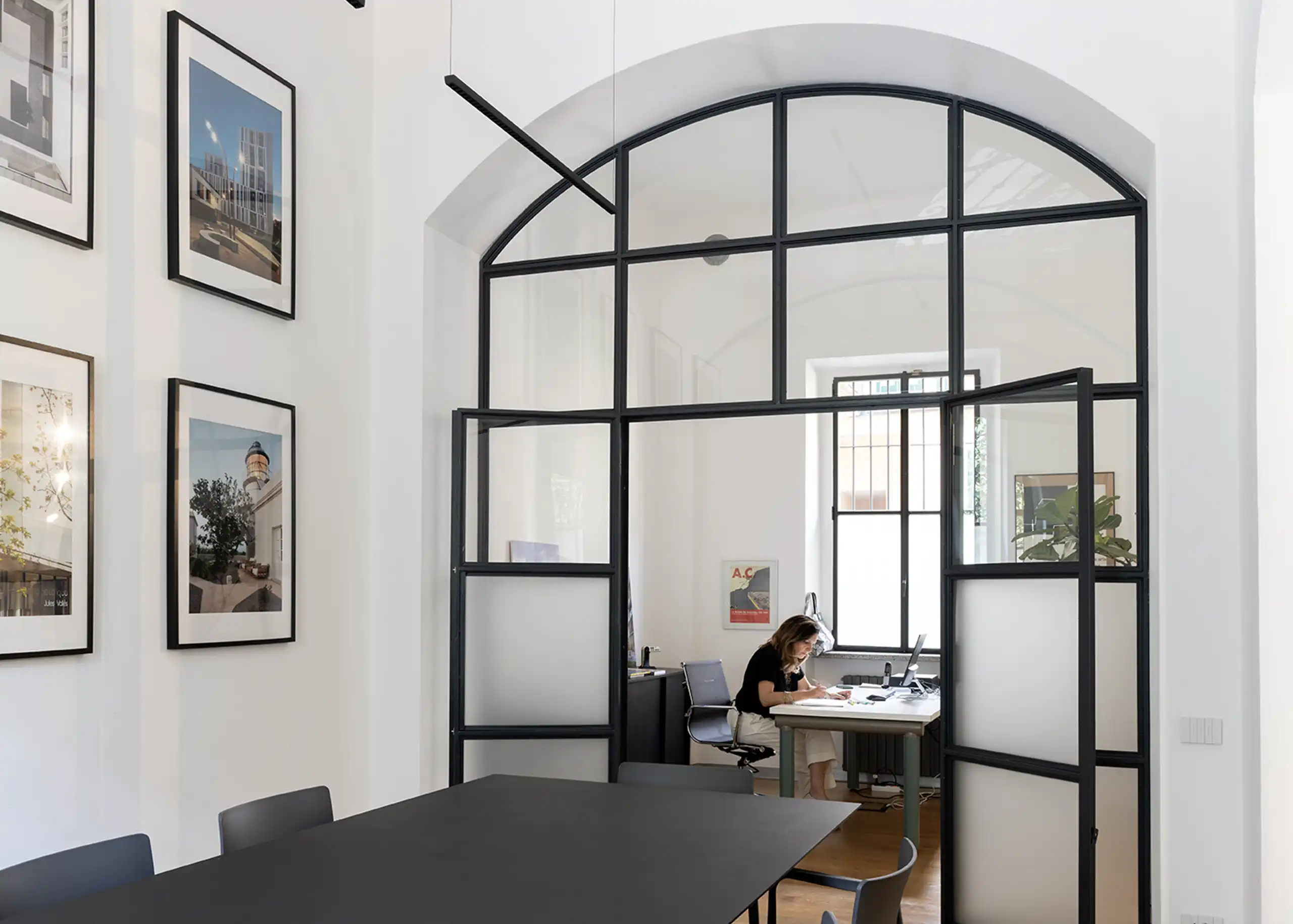
Urban design
The urban design is located on an intermediate scale between architecture and planning. It is a strategic and fundamental scale of intervention for the development of our cities since it is able to bring together urban, social, historical, landscape and spatial instances.
It is the scale at which we can accurately plan the development of a neighbourhood, a brownfield, a waterfront, without the abstraction of planning and without the detail of architecture, with an overall vision capable of managing and developing various aspects.
Many areas where we intervene are sites of urban regeneration. This means intervening in places where it is necessary to generate value, propose a mix of uses and create a new identity. In the implementation plans and projects where we intervene at the neighbourhood scale, our aim is to weave a bond with the city and trigger with our work processes of identification and appropriation that help define a new piece of the city.
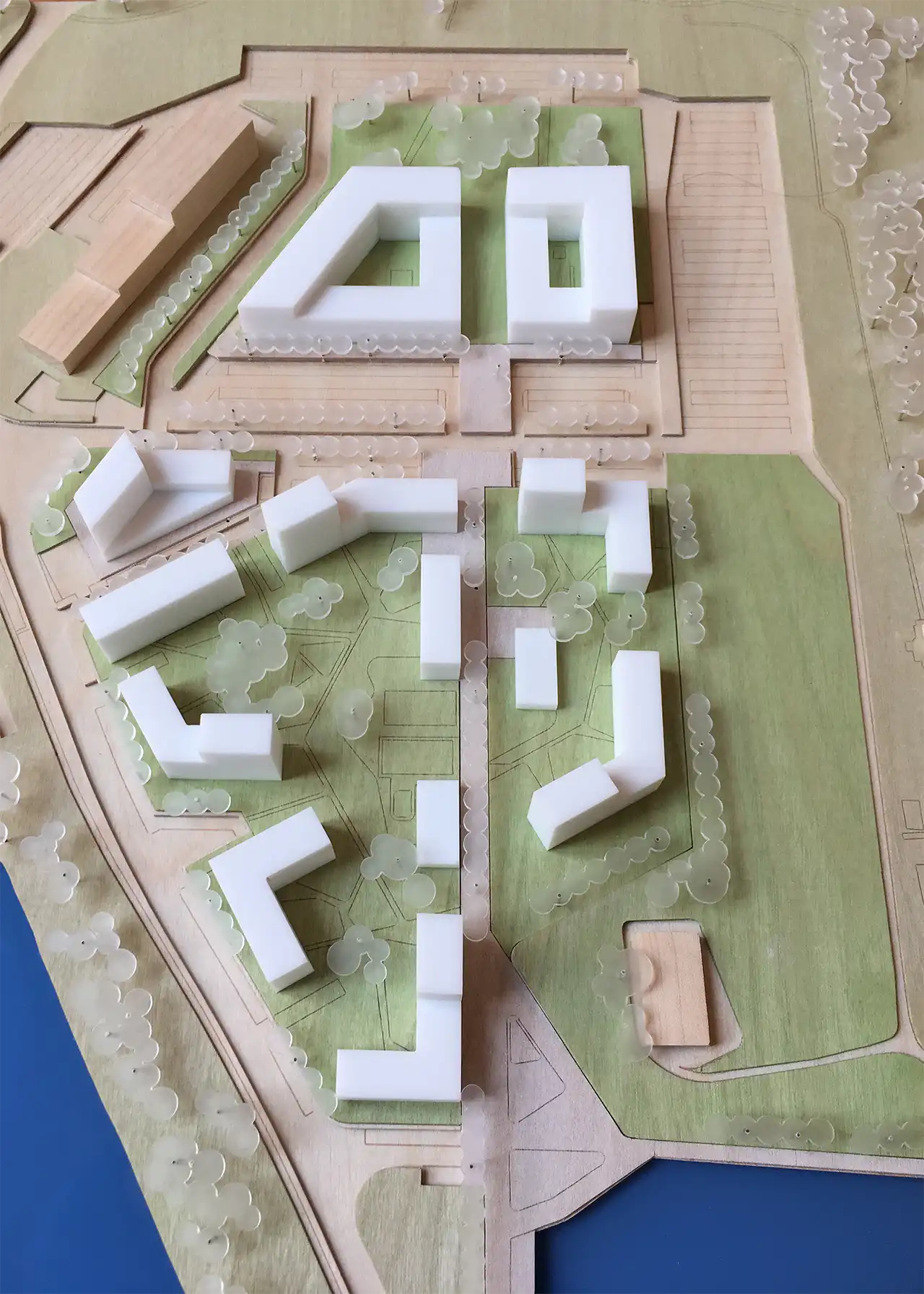
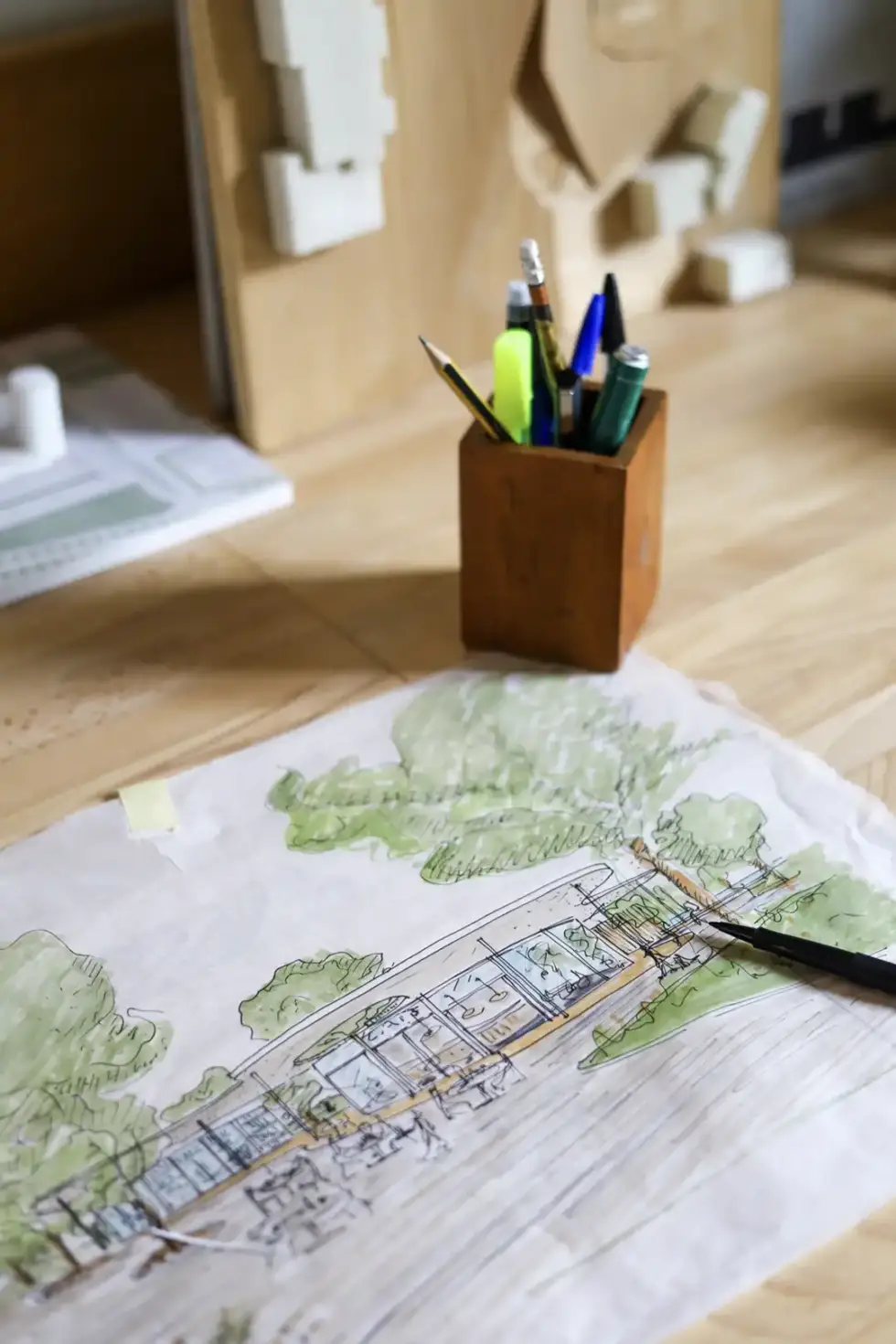
Design of the void
At the centre of our research is the concept of the void, understood as the intangible space of relationships, of fluxes, of exchanges, of representation. Our approach to design begins with the analysis and definition of this intangible sphere, from the negative towards the positive. The void shapes the built in a cross-reference of relationships, proportions, forms, views, openings, exposure. In this sense, our approach does not distinguish Urban Design, Landscape and Architecture. The design process brings all these competences together in a spontaneous way, integrating the different components into a single, continuous, balanced and integrated discourse. In this approach emerges our attitude to define spaces where society can recognise itself, find itself, identify. Inclusive, democratic, multicultural spaces.
Sustainability and Nature
An responsible approach to architecture should not ignore the protection of the environment, the reduction of consumption and CO2 emissions, and a sustainable approach to our planet. The integration between built environment and nature, the strong landscape component that characterises our work, is one of the contributions implemented. Construction systems and the choice of materials are another element on which we focus our research, especially through the industrialisation of certain processes, which allows us to reduce the consumption of raw materials. Finally, environmental certifications are an important element of control and monitoring. Strategies that we deploy together with the passive energy-saving systems inherent in traditional architecture.
